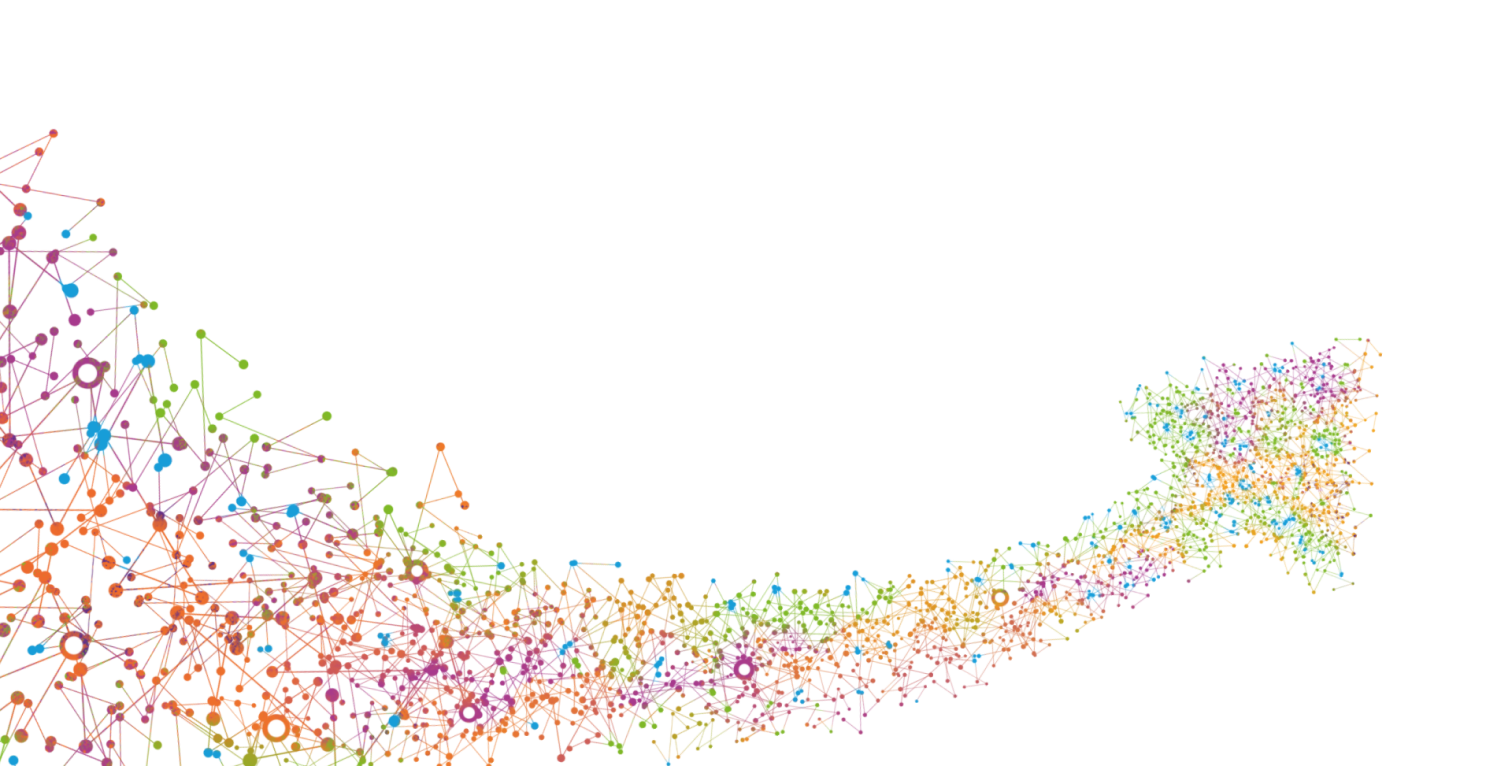Executive Overview
Setting the scene and progress towards the 3 billion targets and SDGs.
WHO is marking its 75th anniversary this year, with its 194 Member States and partners, by calling for a renewed drive for health equity. The past seven and a half decades have seen extraordinary progress in protecting people from diseases, health risks and harms. However, as this report shows, further progress is needed to achieve the triple billion targets towards attaining the health-related Sustainable Development Goals and meeting other health challenges, such as mental health, antimicrobial resistance and climate change.

- Improved access to quality essential health services irrespective of gender, age or disability status
- Countries enabled to provide high-quality, people-centred health services, based on primary health care strategies and comprehensive essential service packages
Improved access to essential medicines, vaccines, diagnostics and devices for primary health care
Global concerns over access to affordable medicines impeding progress towards universal health care, highlighted by COVID-19 pandemic.
Access is a global concern given the high prices of new pharmaceuticals and the rapidly changing markets for health products, which place increasing pressure on the ability of health systems to provide full and affordable access to quality health care.
The high percentage of health spending on medicines impedes progress for the many countries that have committed to the attainment of universal health care. Furthermore, it is known that a large proportion of the population in low-income countries who spend money on health have to pay out-of-pocket for medicines. With the rise in noncommunicable diseases and chronic conditions that require long-term treatment, the financial burden on both governments and patients will become even greater.
These constraining financial implications have been highlighted by the COVID-19 pandemic, which has revealed the insufficiency of global manufacturing capacity and the need to strengthen regional and national supply chains.
PROGRAMME BUDGET FUNDING AND UTILIZATION
WHO’s biennial Programme budget is based on the principles of transparency, accountability and providing value for money
The Seventy-fifth World Health Assembly adopted resolution WHA75.5 in May 2022, revising the approved base programmes segment of the Programme budget 2022-2023 to a total of US$ 6.726 billion. By the end of the first year, the total Programme budget has a good level of financing (US$ 8.3 billion), including projections, which exceeded the total approved. The good level of financing is explained by two event-driven budget segments: emergency operations and appeals, and polio eradication, the financing for which has needed to exceed the amounts established in the Programme budget in order to keep step with operational needs.





